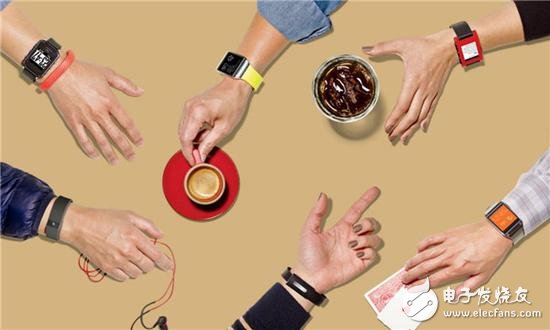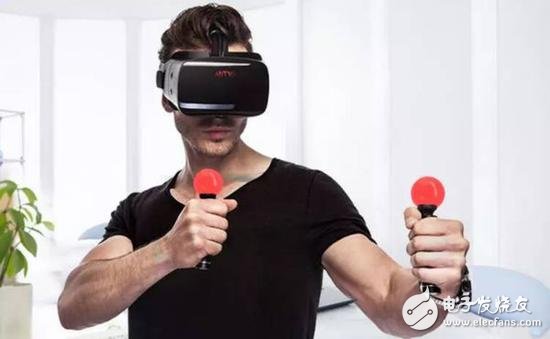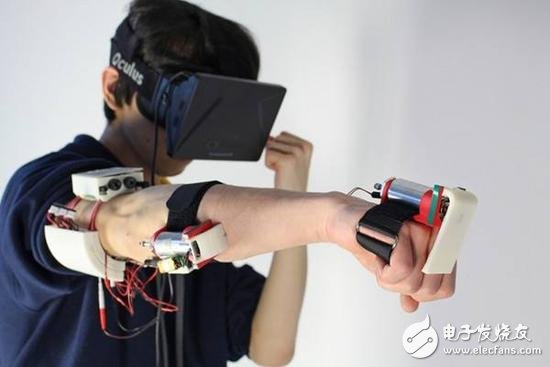Intelligent hardware market size is expected to grow at an annual rate of more than 20%
With the gradual maturity of technology, the fading of the concept, the benign reshuffle of the industry, the favorable policies and capital, the smart hardware industry is enthusiastic. Judging from the scale of China's intelligent hardware market from 2012 to 2018, the scale of the intelligent hardware market is still in its infancy from 2012 to 2014, and it has entered the fast lane of industrial development in 2015. It is estimated that the scale of China's intelligent hardware market will exceed RMB 90 billion in 2018; from 2016 to 2018, the annual growth rate of market size is expected to reach more than 20%.
It is enough to see from the above data that the current smart hardware industry is still hot. As the main highlight of eSmart, intelligent entertainment hardware is one of the important branches, covering a wide range of intelligent audio and video hardware, advanced high-definition audio and video hardware, smart digital camera equipment, smart home, wireless communication, smart TV, smart OTT set-top box, etc. . With the development of Internet+, our life is inseparable from intelligent entertainment hardware. The popularity and development of mobile phones, tablets, and smart watches not only bring more fun to our lives, but also bring people closer to each other.

With continuous improvement of performance and constant iteration of technology, the smart entertainment hardware market will be further subdivided in the future to meet the different potential needs of users, and the possibility of bursting points in the segmentation field is increasing. However, at present, there is no clear boundary in this segmentation field, which requires manufacturers to explore and find in practice. In the past two years, VR has developed rapidly. As a representative of intelligent entertainment hardware segmentation, VR has gradually become the most important symbol of intelligent entertainment hardware.

In early 2017, SuperData released the 2016 VR market report. The report speculates that the total global shipments of VR equipment (only five major manufacturers) are 6.3 million units. Among them, the Oculus Rift listed in March 2016 was 243,000 units, and the HTC Vive shipped in April 2016 was 420,000 units. The PSVR, which was launched in October 2016, was released at the latest, and as of February, PSVR has sold 91.5. Wantai.
Last year, eSmart became the best showcase for VR hardware. For example, 3Glasses exhibited the Lanper series consumer version during eSmart last year. As the first VR kit in China with a "space positioning and hand tracking" solution - the Lanpo S1, its package includes VR headlights and 3Glasses Wand, 3Glasses Wand covers an external camera and two control handles To achieve spatial positioning in the 2M range.

Ants also launched its new generation of VR helmets in the early days of eSmart - Ant II. In terms of configuration, ant vision second generation is equipped with 2160&TImes; 1200 resolution, 90 Hz refresh rate, 110 degree field of view, built-in HIFI headphones. The second generation of the ant is also equipped with an undistorted Fresnel lens and an "inside-out technology" motion recognition system independently developed by Ant. It can realize adaptive distance adjustment and support the use of glasses.
In addition to the VR head display, a variety of strange VR peripherals are also everywhere. At present, VR hardware is in the early stage of development, and the market is mixed. However, this phenomenon is only temporary. Future VR peripherals will have two development directions, one is consumer-grade peripherals, and the other is heavy-featured experience-level peripherals. Under the constraints of space, consumer-grade peripherals can be roughly divided into three types: firearms peripherals for shooting, glove peripherals for action and adventure, and gas and gas for racing. These three types of peripherals can maximize user immersion and give users a better virtual experience without considering external conditions.

Users of experience-level peripherals are developers of VR content and offline experience libraries such as skeletal motion capture, Cyberith Virtualizer, Axon VR flotation devices. These peripherals maximize the VR experience and make it easy for developers to create the most realistic VR content. At the same time, it can help the offline VR experience museum to configure unique experience content.
For VR hardware, 2016 is a critical point, because the establishment of standards is the beginning of an industry that is beginning to move towards benign and healthy development. Perhaps at this stage, it will take some time for the hardware to spread to the C-end. It is difficult for the content and platform to achieve profitability and monetization. However, under the leadership of the giants, the direction of VR that can be released in various industries must not be wrong.
Data Cable,Fast Data Cable,Data Power Cable,Data Transfer Cable
Guangzhou YISON Electron Technology Co., Limited , https://www.yisonearphone.com